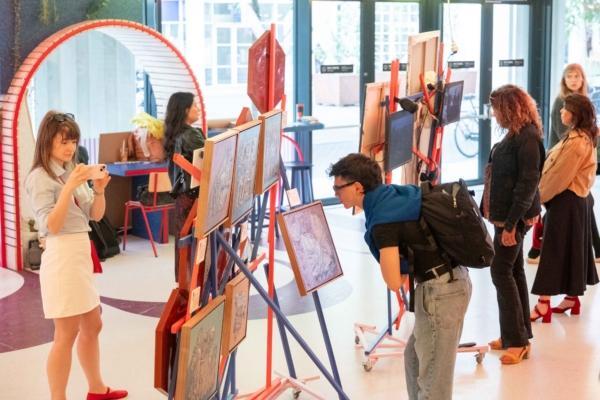It was a breathtaking evening in mid-September. Beneath the lofty stone vaults of the Church of St. Mary the Virgin in Midtown Manhattan, resounding echoes filled the space, making the notes seem to float in the air. This was the solo recital of Paul Jacobs, the first organist ever to win a Grammy Award. As the opening chord struck, the audience was instantly transported back to 1840—the era when Felix Mendelssohn performed Bach’s organ music.
Seated in the organ loft on the church’s second floor, Paul Jacobs’s hands flew across the multiple keyboards while his feet moved deftly across the pedals, as though conducting an invisible orchestra. From the gentle sound of flutes to the piercing reeds, to the ethereal, otherworldly timbres, all unfolded under his command. When the thunderous final chords of the “Passacaglia and Fugue in C minor” resounded through the church, the echoes lingered long. The audience held their breath until the last note faded, then burst into thunderous applause.





